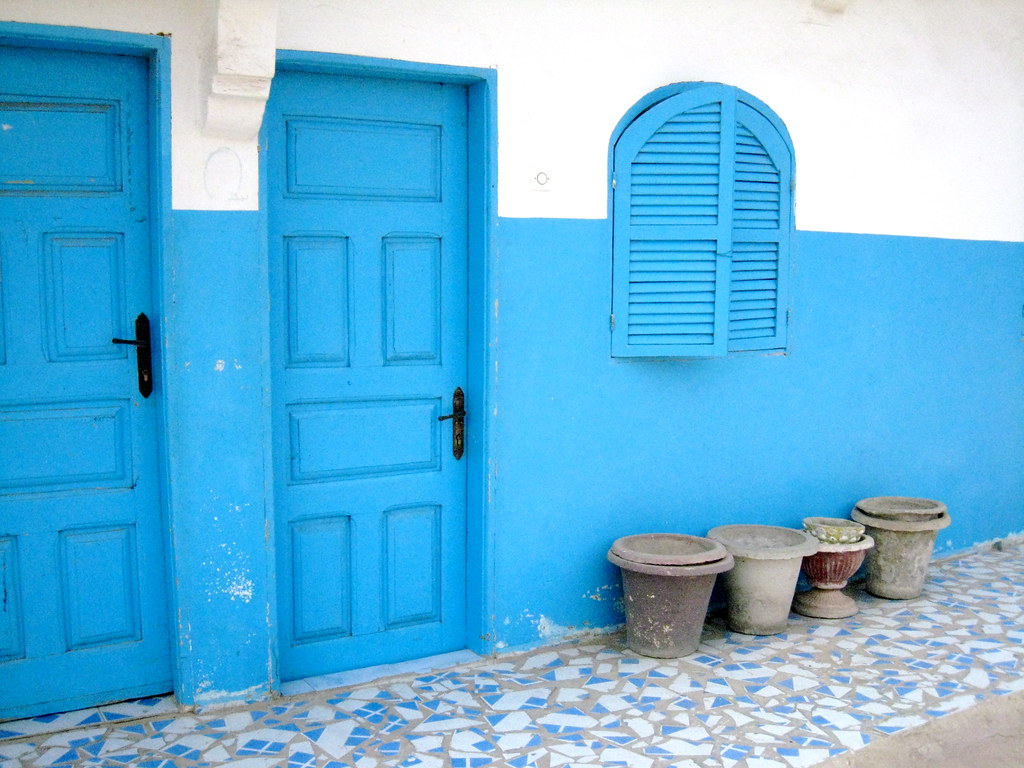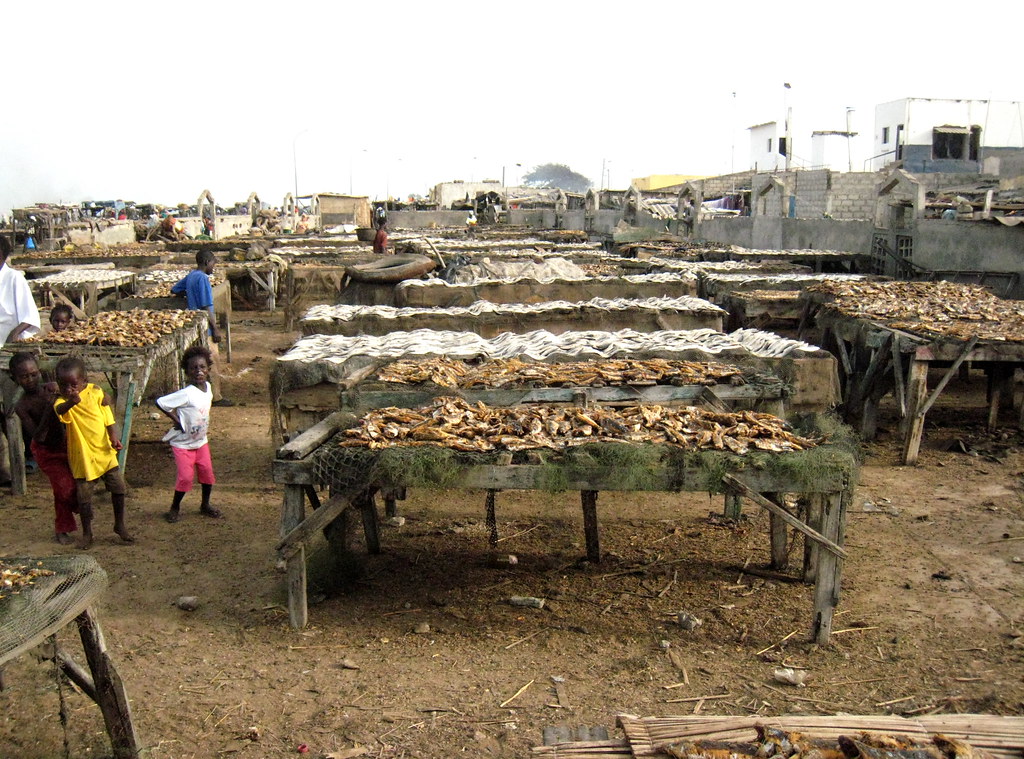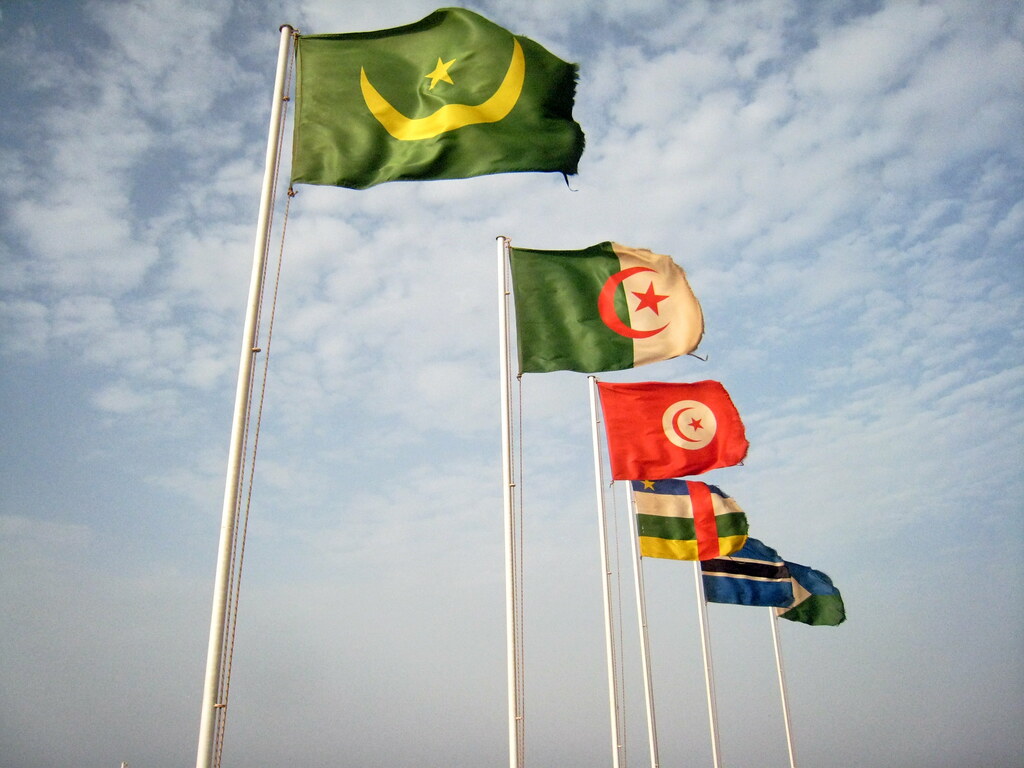Thursday, June 3, 2010
Many things about Africa
There was so much I didn't know about Dakar, or Senegal, or Africa, before my trip. My head is full of new information - mostly thanks to Susanna, our hostess and resident guide. She spent six months in Dakar in the midst of three years in Guinea, though her presence in Senegal was unplanned. Susanna does research with speakers of Pular, but was evacuated last October due to unrest in the Guinean capital. She wound up with a furlough in Dakar, which came to an end during our visit. Susanna left for her old village in Guinea on the same day Lindsey and I flew back home. Our hello to Senegal was Susanna's goodbye, and the combination gave this trip a unique flavor. Here are some of the things I now know about Senegal.
Senegal is mostly Muslim, which meant that the calls to prayer from muezzins around the city were part of our daily soundtrack.
Sidewalks in Dakar are not really for walking. They're for sitting, lying down, and selling things. Walking, maybe, when there's room. There is sand and dirt and dust covering most streets and alleys in Dakar. Part of it was the season - it's the end of the dry season in Senegal - and part must be the proximity to the ocean. I suppose the rest is simply lack of infrastructure for street cleaning. It's not a priority.
People in Senegal don't have a lot of money, in general, but can still make much more money in Dakar than they could in a village in, say, Guinea. We met many Pular-speaking Guineans, friends of Susanna's, who are living in Dakar but planning a return to Guinea at some point. Many have wives and children still in Guinea, and are sending them money.
It's incredibly difficult to get a U.S. visa from Senegal or Guinea, especially to emigrate. A fee of $800 is due before your application is even considered, and if an emigration visa is not granted, you can never get a visitor's visa. The government knows you once wanted to move to the U.S., so what's to say you wouldn't stay? I feel guilty about my ability to waltz in and out of Senegal without any visa, while so many people I met can only dream of visiting the U.S. someday.
In downtown Dakar, and in Saint-Louis, a white person (toubab) is continually accosted walking down the street. Mostly it's people trying to sell goods, but sometimes it's men who want to talk (or get married), men touting their services as a guide or taxi obtainer (that was mostly Saint-Louis), or children simply begging. This is understandable, but tiring. French is the language of education in Senegal, so everyone speaks some French. I don't. This worked to my advantage on the streets, because I didn't understand most of what the people were saying. That made it much easier to reply with the standard "Non, merci," and keep walking without distraction. On Ile de Gorée, the salespeople were more enterprising and knew a bit of English. Because we actually wanted to buy stuff in Gorée, this was fine too.
Not speaking French or Pular wasn't so handy when meeting Susanna's local friends, but she's a good translator. Most of the people Susanna knows well in Dakar are Pular speakers from Guinea, who also know some French. The majority of Senegalese in Dakar speak Wolof as their first language, although some (like Gorgui) speak Serere. There's also a Senegalese version of Pular, but according to Susanna it's very different from Guinean Pular, and she doesn't understand much of it. Susanna's friends, particularly those we spent the most time with, had questions for us. Sometimes it was "which one of you will stay in Senegal and be my wife?" but sometimes they were questions about our lives. Where do we live? What are our jobs? (Mine was particularly fun for Susanna to try to explain.) Is the U.S. better than Africa? Why do toubabs never give money to beggars?
I learned to be more flexible about creature comforts and hygiene standards. You can't brush all the flies away from your food all the time. If there's no running water, you can't wash your hands (or flush the toilet) every time you might want to. If someone has cooked food for you in their home, you will eat it, even if you're pretty sure the vegetables were rinsed in tap water, or it's been sitting out for awhile, or the drinks have ice cubes. You'll eat peanuts roasted over hot coals in their shells, mixed with sand from the road to heat evenly.
If you're walking through acres of fish-smoking tables on the sandbar in Saint-Louis, led by a local resident among fish and fires and goats and children, you can't be too concerned about what your sandal-clad feet are walking through. If Susanna's friend Mamadou prepares the traditional three-round Senegalese attaya for you and five other guests in the small room where he lives behind his shop, as you all sit on a bed and small wooden bench with knees touching because that's all the room there is, then you will drink the tea and be thankful for the warm hospitality he's showing you; it doesn't matter if the water isn't boiled for the standardly-recommended 15 minutes, or that there are only two small cups that everyone is sharing. And you'll be all the better for this. (Somewhat miraculously, I was not afflicted with any stomach issues during the trip.)
We ate poulet or poisson yassa; a lemony, garlicky rice with onions and spices and either fish or chicken. There was also the standard ceebu jen; rice and fish. (A waitress in Saint-Louis gave Susanna an incredulous look when she ordered ceebu jen without jen for Lindsey the vegetarian: rice and fish without the fish.) We drank local juices like bissap, made from hibiscus leaves (best with mint), and bouye, from the fruit of the baobab tree. Vendors sold little bags of both water and bissap, which people drink by biting the corner. Bags of bissap also make popular popsicles for kids: freeze them, have the child gnaw into a corner, and suck as the popsicle melts. Gorgui's little boy Babou was working on one of those when we visited his village. Not so traditional, but also delicious, were widely-available crêpes (sucre, beurre, citron) and pastries. The pain au chocolate was good, but Lindsey and I became addicted to beignets à la crème, which seemed to be available in every patisserie. French Colonialism does have a tasty upside.
It's easier to get a cab at a moment's notice in Dakar than anywhere else I've ever been. It doesn't hurt that toubabs are like catnip for cabbies. Fares are negotiated before the ride, and Susanna often employed the standard "walking away now" routine before a driver coasted forward and agreed to her price. Even their first offers are cheap by American standards, but locals would pay less than half that for the same ride. The cabs themselves, with a few exceptions, are also in worse shape than any I've seen still running anywhere else. Except maybe a brief foray into Mexico in 2006. Often there are no door handles inside, sometimes the doors themselves are about to fall off, there are usually wires sticking out below the steering wheel. The window crank handles were missing more often than not. The handle is known as the clef de fênetre, or window key, and one is often shared between all the car windows.
There are other transportation options besides standard cabs in Senegal. The big blue city bus with standard routes is the Dem Dikk. There are also smaller local buses; really, large vans. They're brightly decorated, always full, and usually have one or two men hanging off the back from open doors. Anyone can ride, but you must know where they're going, and they don't always follow a standard route. For travel between cities, there is the sept-place. Sept-places leave from a transit depot, always teeming with vendors. You arrive at the depot, and are led to the nearest car departing for your destination. These are typically old Peugeot station wagons. They seat one in front, three in the middle, and three in the back, plus the driver. You don't want to sit in the back of a sept-place. Once the car has seven passengers, it will leave. If you're not going to a popular location, either be prepared to wait awhile in the car or pay the driver extra to leave with fewer passengers. We thought the sept-place was crowded, but Susanna told us that the same system exists in Guinea ... only in Guinea, it's a neuf-place. Two passengers in front plus the driver, four in the middle, and three in the back. Plus children and animals. We took sept-places from Dakar to Saint-Louis, from Saint-Louis to Thiès (pronounced "chess"), and Thiès to Mbour.
Sheep and goats are everywhere in Senegal, and baby goats are universally adorable. We saw many cows and horses, and lots of crazy birds in the Siné-Saloum Delta. A few giant cockroaches.
The buildings in Saint-Louis and Ile de Gorée are brightly painted, and their various states of disrepair manage to look artful and intentional, though clearly they are not. We ate dinner at a crêperie in Saint-Louis across the street from the only building we saw with air conditioning units ... the morgue.
A jewelry seller named Elisabeth on Gorée gave Lindsey, Susanna and me our pick of free necklaces after learning Susanna has a sister named Elizabeth.
Senegalese women carry babies wrapped against their backs.
Acacia trees have big thorns.
Palm oil is bright red.
I'd like to go back to Africa someday.
Subscribe to:
Post Comments (Atom)



2 comments:
Great pics, and wonderful blog post. I don't know much about Africa or Senegal but I enjoyed reading this.
You didn't get sick once? Nice!
Post a Comment